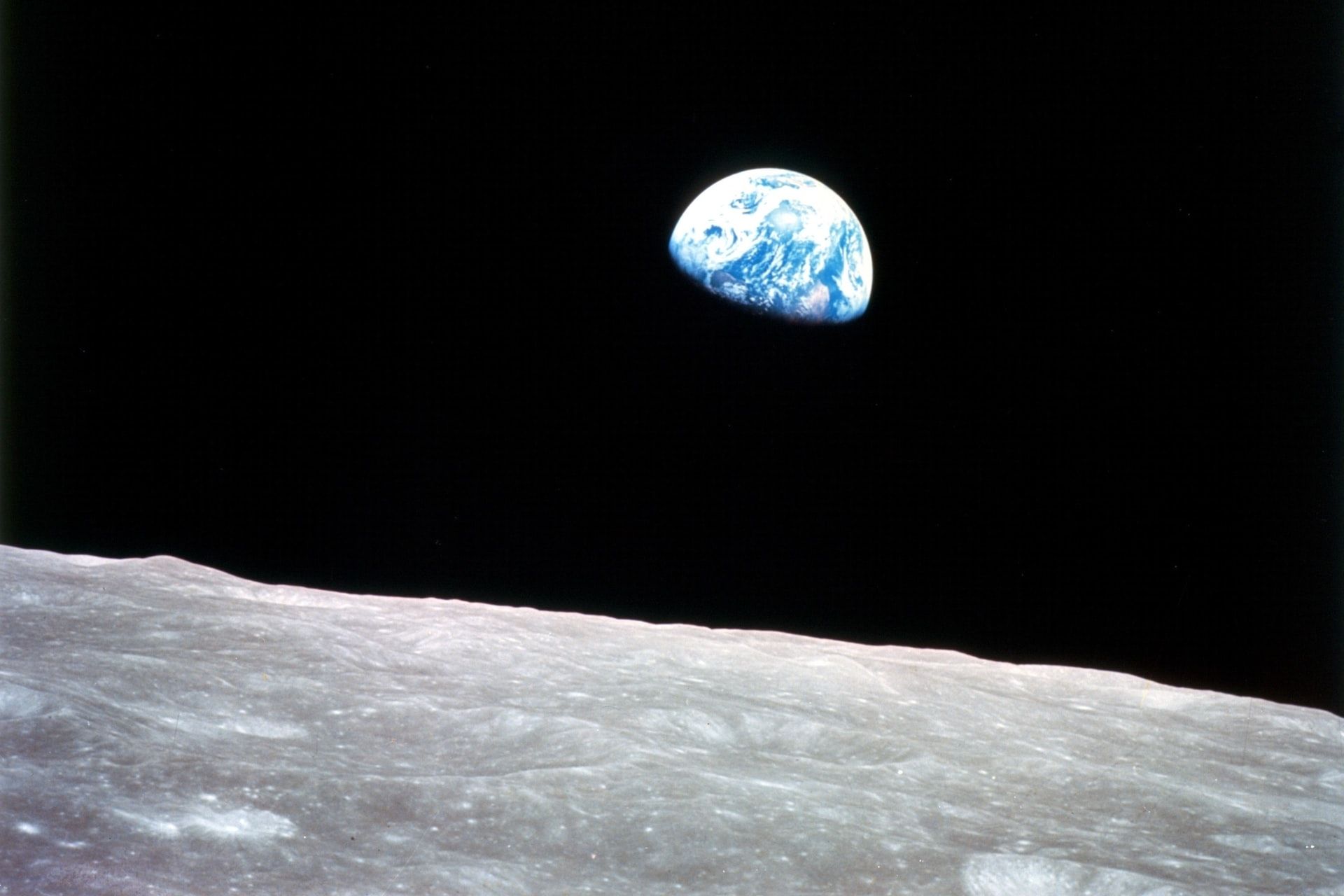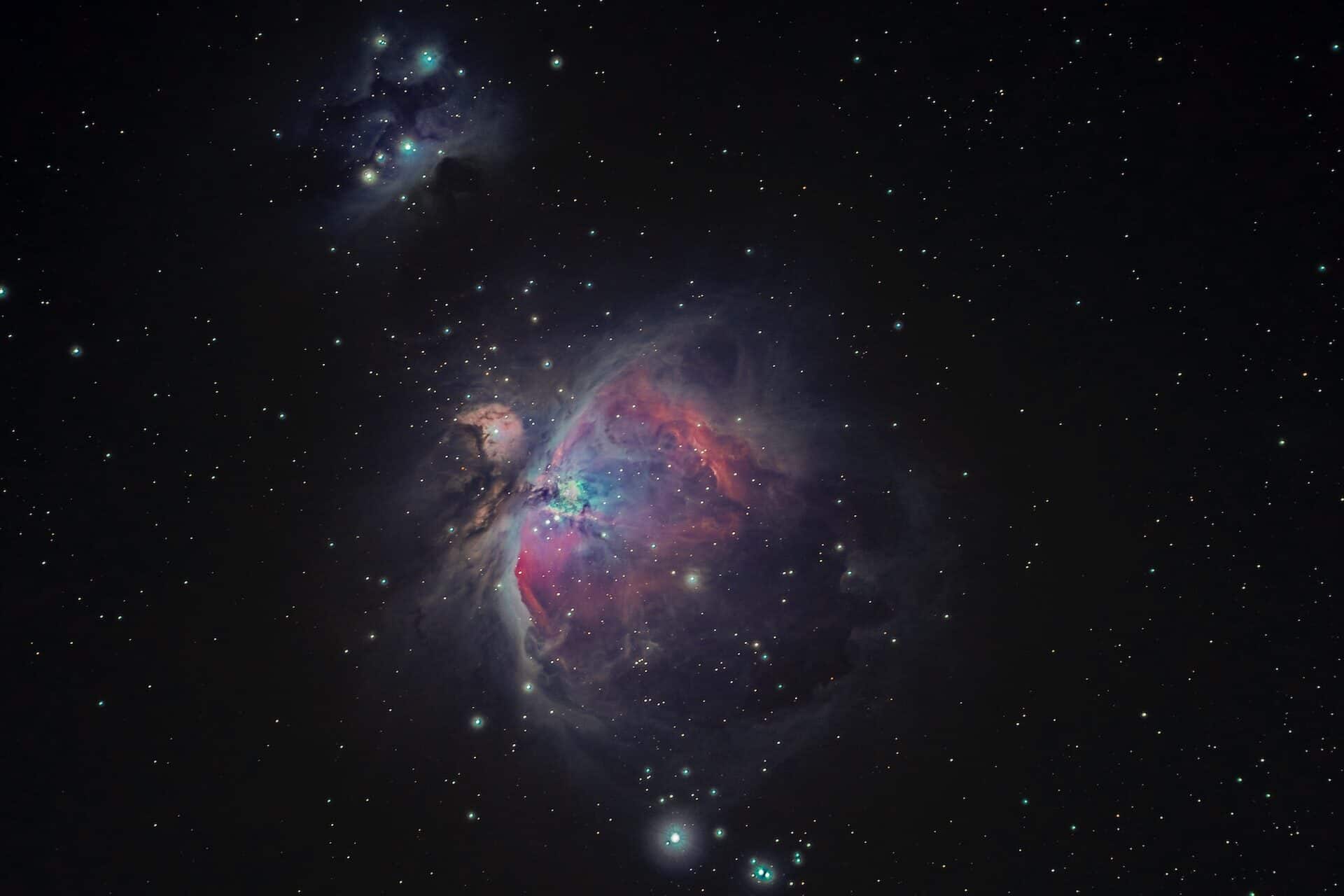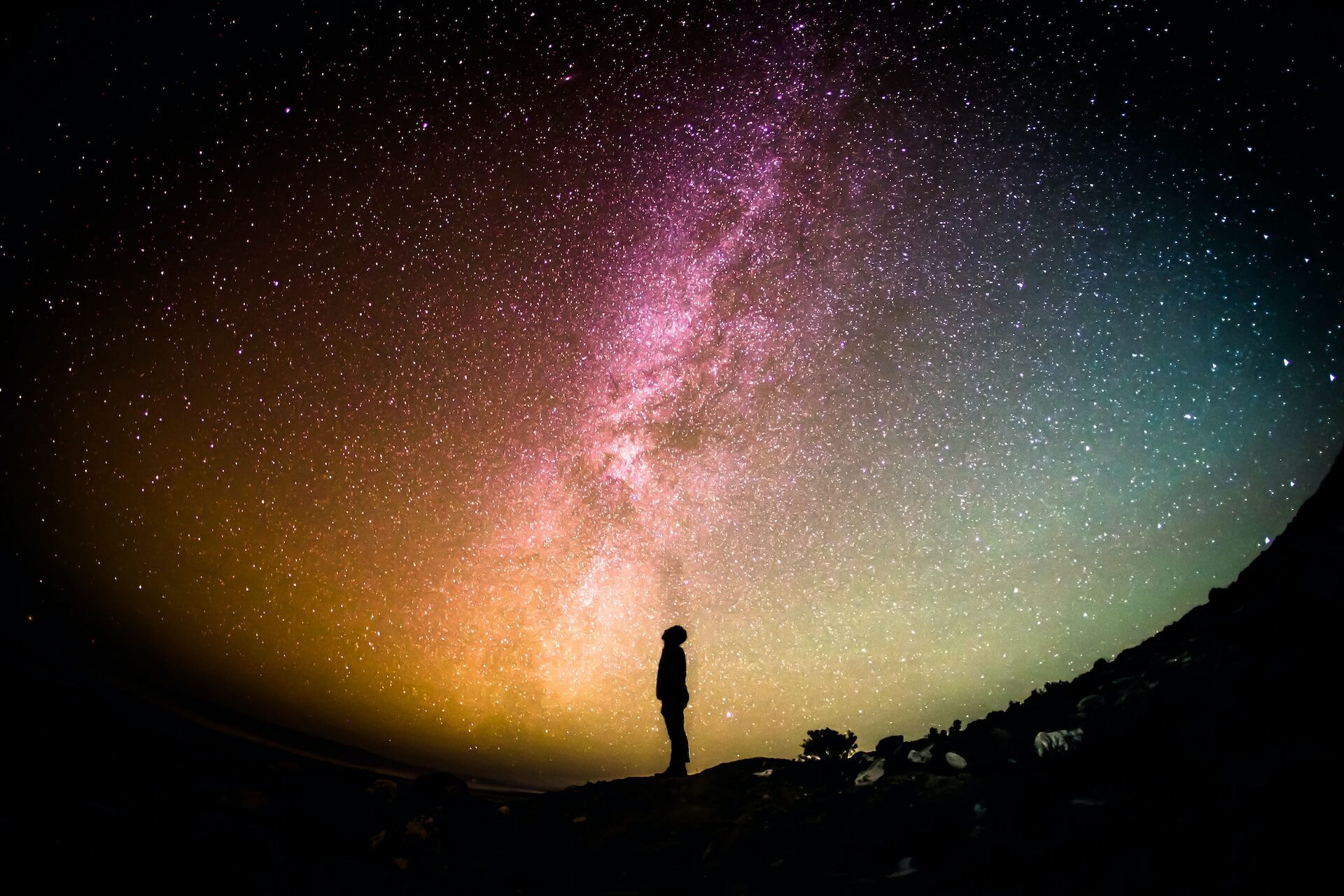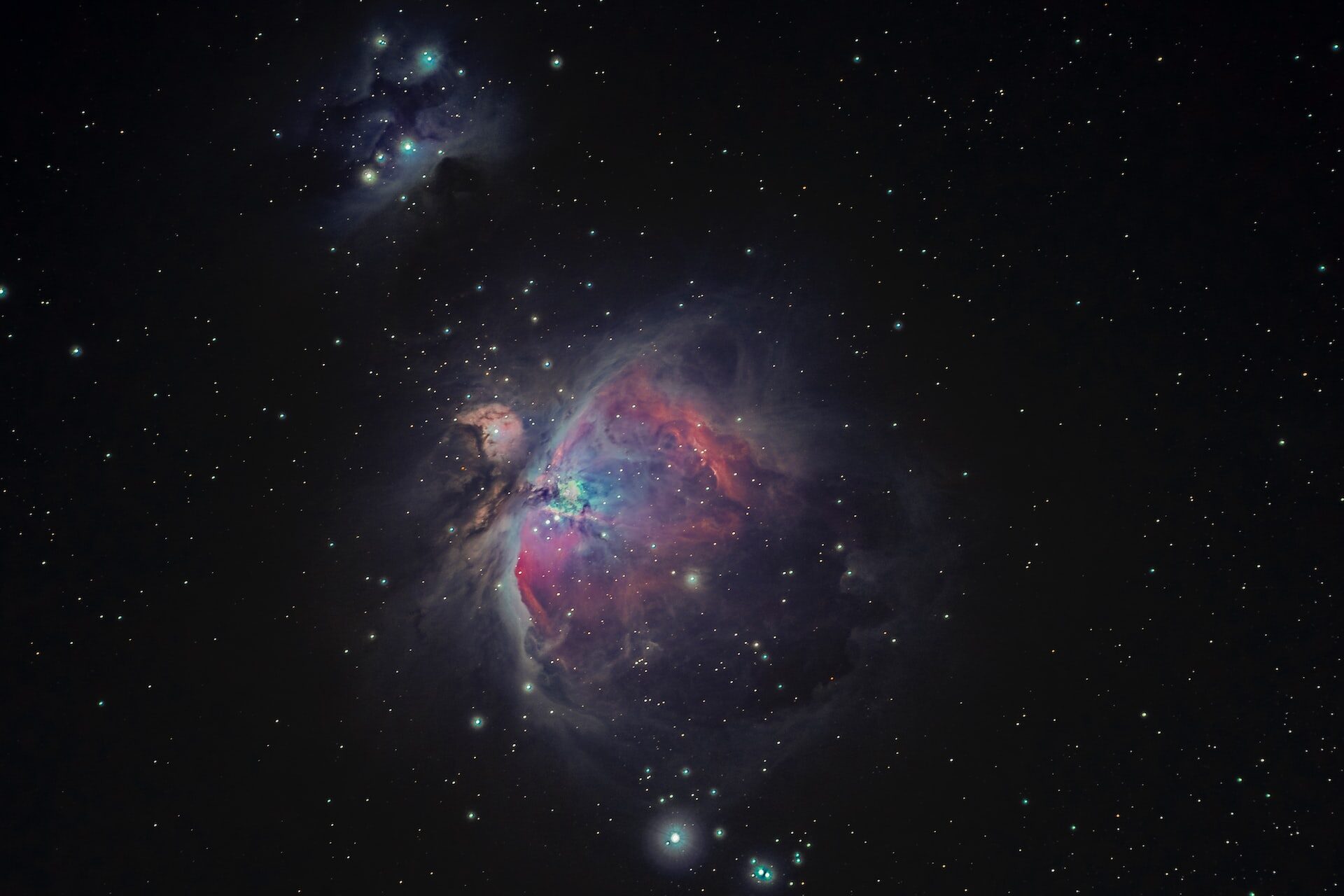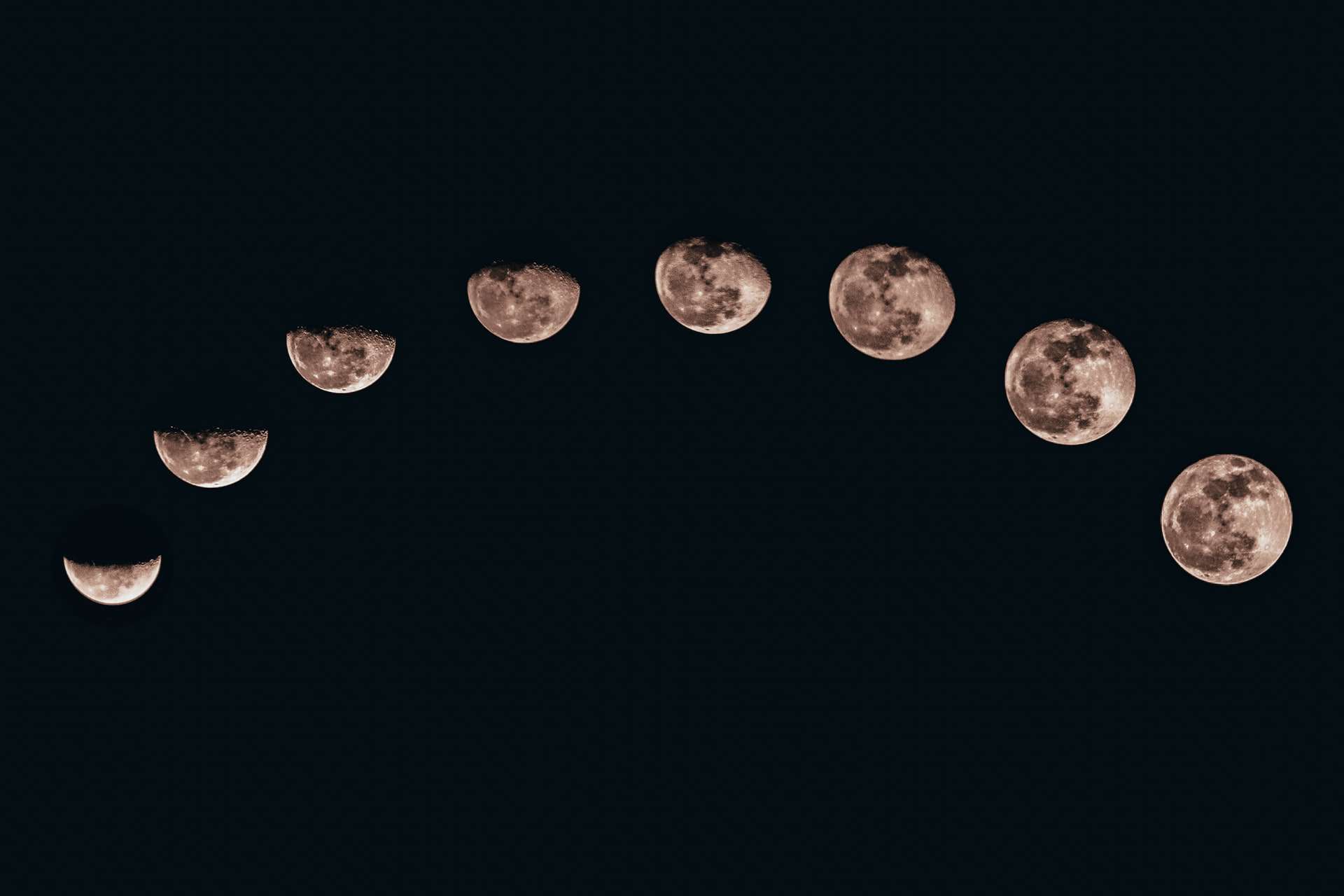
It’s Just a Phase: Facts About The Moon
June 8, 2022 - Emily Newton
Revolutionized is reader-supported. When you buy through links on our site, we may earn an affiliate commision. Learn more here.
New. Waxing. Full. Waning. No matter where you are on the planet, you can look up and see the moon at some point during the day or night. We see our nearest celestial neighbor so often that it’s easy to take it for granted. We’ve stopped wondering where the moon came from or what it does for us. Instead, we admire its beauty and go on with our day. Have you ever spent some time staring upward and wondering how much we know about this natural satellite? We promise it’s not just a phase! Here are some fun facts about the moon to spark your curiosity.
A Natural Satellite
The Moon is the only natural satellite that circles the Earth in a typical orbit. In 2016, scientists discovered that it isn’t the only satellite our home planet has captured. Dubbed Kamo’olaewa, this quasi-moon orbits in a strange corkscrew pattern. Its unstable trajectory means that it likely won’t be around for long. Scientists estimate that it will probably break free and vanish into the void in the next three centuries.
Gravity and Mass
Images of astronauts leaping across lunar landscapes are nearly as iconic as that first footprint in the regolith. Gravity on the moon is about one-sixth what it is on Earth. If you weighed 100 pounds on Earth, you would only weigh about 16 pounds on the Moon. The satellite’s tiny core accounts for about 2% of its mass. For comparison, Earth’s core makes up roughly 30% of the planet’s mass. The amount of gravity a celestial body generates is directly proportional to the mass of its core.
Seeing Only One Face
No matter what phase it’s in, you’ll always see the same face when you look up at the moon. The moon’s rotational and orbital periods are identical. This data means that it takes the same amount of time to circle the Earth as it does to rotate on its axis. As a result, observers on the ground only see one side of the moon. This phenomenon is called tidal locking. It is also possible for a planet and moon to be tidally locked to each other. We’ve observed this in the Pluto-Charon system.
The Dark Side Isn’t Dark.
We can’t see the moon’s far side, so everyone refers to it as dark. This descriptor has appeared in movies and music, but it isn’t accurate. The moon’s so-called ‘dark side’ gets just as much sunlight as the face we see. We’ll see more of the moon’s far side when the Artemis mission lands in the satellite’s south polar region sometime in 2024. Most of what we understand about the known universe is colored by our perceptions from here on Earth. Getting out into the universe will allow us to change some of those narrow perspectives.
Tidal Forces and Lunacy
Coastal areas experience changes in water levels multiple times a day. These changes are known as tides and are caused by the moon’s gravitational pull on the Earth. The oceans aren’t the only thing made of water, which brings us to the concept of lunacy. Humans have blamed the moon for mood and behavior changes for centuries. The human body is roughly 70% water. Research shows that we are just as susceptible to changes in lunar gravity as the oceans.
A Violent Beginning
We don’t know for sure where the moon came from. Prevailing theories believe that the moon began its life as part of the primordial Earth. A violent strike — likely from a rogue planetoid the size of Mars — knocked part of the molten planet free. Instead of spinning off into space, the gravitational field of the early planet Earth captured the mass and spun it into the Moon as we know it today. Like the early planet, this baby Moon was molten, cooling over time.
We Almost Nuked It
What do you do if you’re lagging in the 1960s space race? For some scientists, the solution was to choose the nuclear option — literally. After Russia launched Sputnik-1, effectively taking the lead in the space race, American scientists started Project A119. The idea behind this project is that by nuking the moon, America could reestablish itself as a superpower in both its military and space capabilities. Thankfully, cooler heads prevailed and the space race continued without nuking the lunar surface.
Slowly Floating Away
A full moon can look enormous as it lights up the night sky, but it’s getting a little smaller every year. When the satellite first formed, it orbited ten times closer than today. Back then, it would have glowed red in the night sky as the molten material cooled. Now, the moon is moving away from us at about one and a half inches a year. While it seems like such a small amount that it would be almost imperceptible, it is happening. Experts expect it to take more than 600 million years before this drift will cause any significant changes. The moon might be around long enough to survive until the sun dies in 4.5 billion years, but it won’t look anything like it does today.
The Rumble of Moonquakes
Earth is a volcanically active planet. Liquid magma in the mantle triggers earthquakes and volcanic eruptions. The moon lacks Earth’s tectonic instability, but that doesn’t mean there are no quakes. When the sun’s gravitational pull is more powerful than the pull of the Earth, it can cause moonquakes. Unlike the short rumbles we feel here on Earth, a moonquake can last for 30 minutes. These quakes shouldn’t impact future moon bases, however. They might last a while, but moonquakes tend to be very gentle compared to earthquakes here at home.
Water on the Moon
One of the biggest challenges astronauts face when they travel out of Earth’s orbit is a lack of supplies. The human body can only survive three days without water. Currently, Earth is the only planet with drinkable liquid water on its planet’s surface. That doesn’t mean that there is no water in the rest of the solar system. In 2020, NASA confirmed there is water on the lunar surface. Most of the water on the lunar surface hides in deep craters that never see sunlight, keeping it from evaporating. There may also be water hiding beneath the Moon’s surface.
It Smells Like Gunpowder
Sticking your head out of an airlock to smell the lunar regolith isn’t the wisest plan. Astronauts who’ve landed on the lunar surface reported that a distinctive smell clung to their equipment — the smell of burnt gunpowder. The unique thing about this is there is no chemical similarity between moondust and gunpowder.
You’re Hot and You’re Cold
On Earth, a location’s temperature depends on several factors. Everything, from the atmosphere’s density to the latitude and longitude, determines what the weather might look like. On the Moon, there is almost no atmosphere. That means there is nothing to protect the lunar surface from solar radiation. Temperatures can range from -233°C (-387.4°F) in the shade to 123°C (253.4°F) in the sun. Astronauts hoping to explore the lunar surface will need to be ready for these temperature extremes.
Exploring Celestial Mysteries
On Earth, if a meteor is large enough to make it through the atmosphere, it usually isn’t much left when it hits the ground. Astrogeologists can use these fragments to understand the universe better, but their work would be more accessible with more extensive samples. By comparison, craters pit the lunar surface. There is not enough atmosphere to deflect or burn up these meteors, creating better sample sizes for astrogeologists to work with.
The World Would End Without It
If the moon was destroyed, it has the potential to end life as we know it. Even if you disregard the threat of moon debris raining down on the planet, the little satellite has a dramatic impact o life on Earth. Tides as we know them would cease to exist. It could also destabilize the planet’s axial tilt, leading to dramatic changes in seasons. The angle could get bad enough that the Earth could start spinning on its side.
Looking Up
The moon might be drifting away, but it will remain a staple in the night sky for many years. Which facts about the moon sparked your curiosity? The next time you peer up at the moon, take the time to think about everything that it does for Earth — and what might happen if it disappeared from the sky.
Revolutionized is reader-supported. When you buy through links on our site, we may earn an affiliate commision. Learn more here.
Author
Emily Newton
Emily Newton is a technology and industrial journalist and the Editor in Chief of Revolutionized. She manages the sites publishing schedule, SEO optimization and content strategy. Emily enjoys writing and researching articles about how technology is changing every industry. When she isn't working, Emily enjoys playing video games or curling up with a good book.
